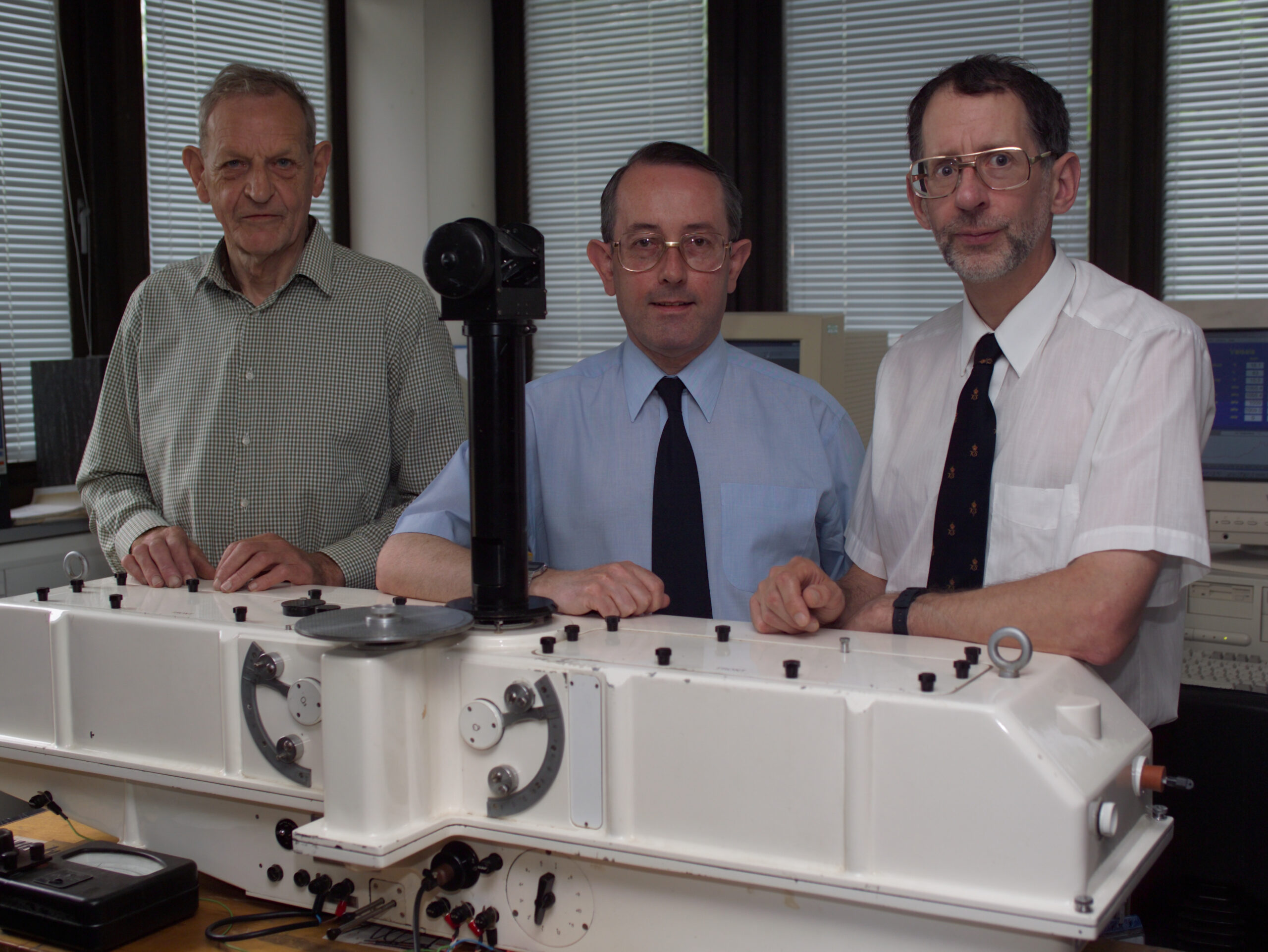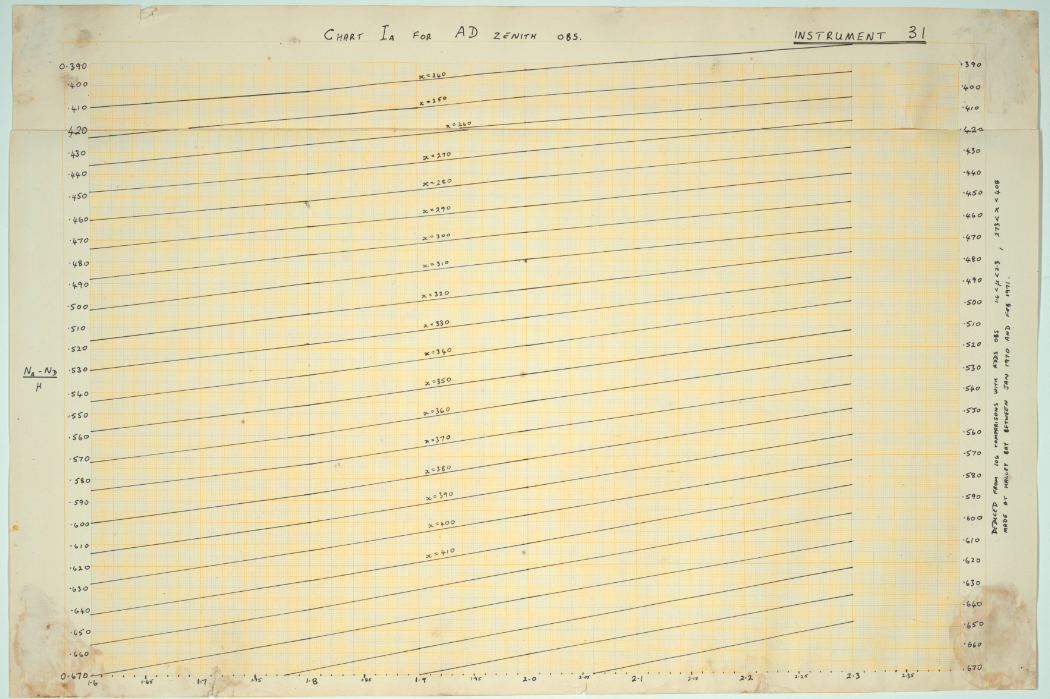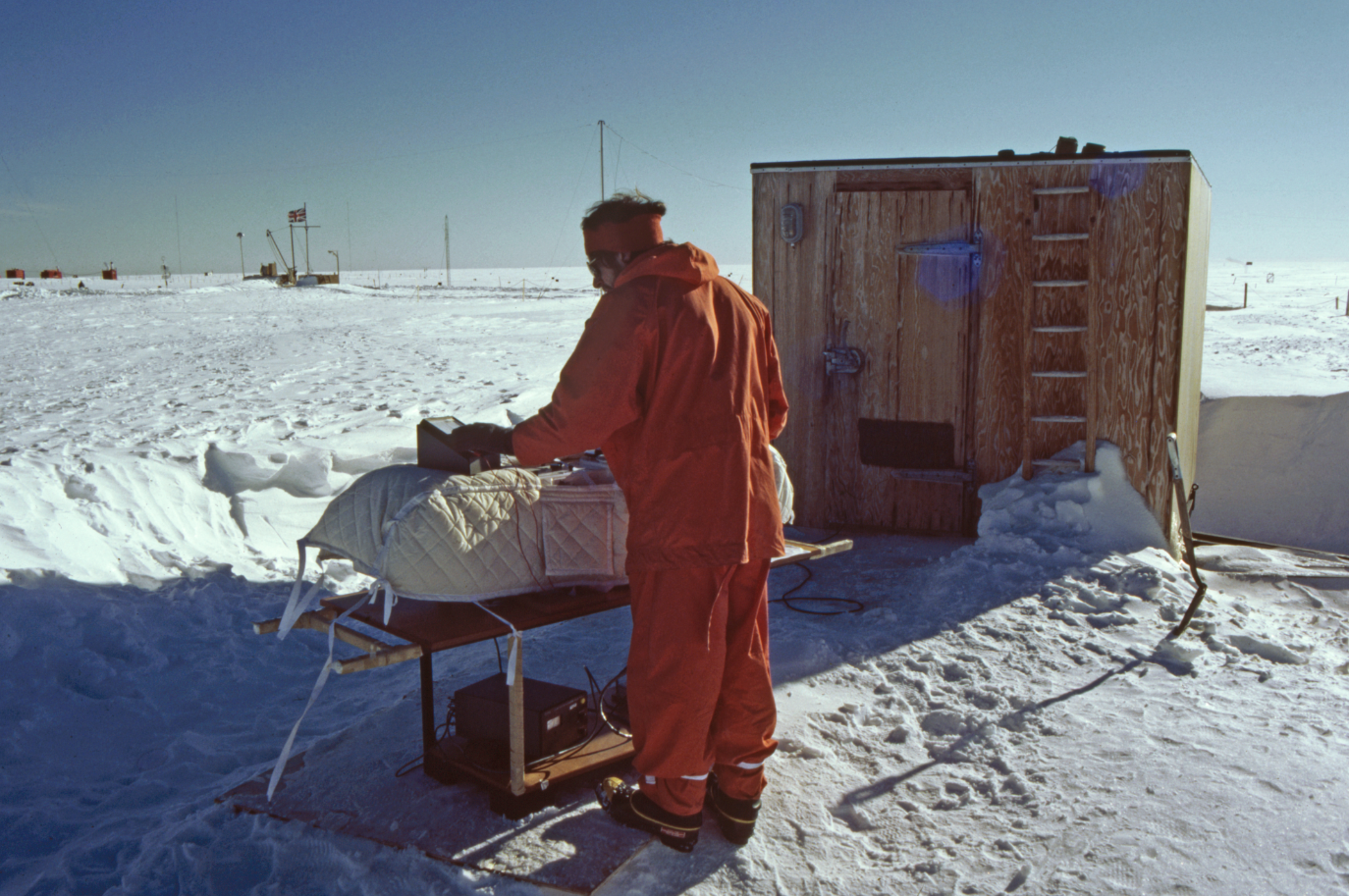This week, the world will mark the 40th anniversary of a moment that changed the course of history: the publication in Nature of ground-breaking research that presented the discovery of the ozone hole on 16 May 1985.
The 1985 discovery by scientists at British Antarctic Survey (BAS) - Joe Farman, Brian Gardiner and Jon Shanklin - identified a dramatic thinning of the ozone layer over Antarctica, triggering immediate global concern about potential harm to human health and ecosystems worldwide.

The discovery was made at Halley Research Station, located on the remote Brunt Ice Shelf in Antarctica. This station is a hub for atmospheric and space weather observation, and ozone and meteorological data has been collected there since the International Geophysical Year in 1956.
Jon Shanklin, who continues to work with BAS as an Emeritus Fellow, reflects on the discovery:
"When we first noticed the change in numbers, I remember thinking it might have been something peculiar to Antarctica. We checked and rechecked the data, working through the backlog of observations. But eventually we realised we were seeing something significant - and potentially alarming.
Publishing our findings in Nature 40 years ago, we couldn't have anticipated the global response that would follow. Looking back, I'm immensely proud of our work at Halley Research Station and what came next. It also shows the vital importance of long-term monitoring in remote locations - sometimes the most significant discoveries come not from looking for something specific, but from carefully watching for changes in what we think we already understand. That lesson remains as relevant today as it was four decades ago."
The importance of the discovery cannot be overstated. It led directly to the Montreal Protocol just two years later - an agreement that froze the production and use of ozone-depleting substances at 1986 levels and set the groundwork for phasing them out entirely. Today, the protocol stands as one of the most successful international environmental treaties ever implemented.

Professor Dominic Hodgson, interim Director of Science at BAS, says:
"This 40th anniversary reminds us of the profound impact that scientific discovery can have on global policy and human wellbeing. The discovery of the ozone hole stands as one of the most important environmental discoveries of the 20th century and demonstrates how robust science, clear communication and international cooperation can address planetary-scale threats.
At British Antarctic Survey, we continue to build on this legacy, working with the Natural Environment Research Council to secure funding for our long-term monitoring programmes and world-leading research to identify emerging environmental challenges."
Four decades of impact
A 2015 analysis by Deloitte revealed that without the timely discovery by Farman, Gardiner and Shanklin, the Montreal Protocol might have been delayed by up to ten years, significantly worsening the impact of ozone depletion.
By preventing harmful UV radiation from reaching the Earth's surface, the agreement has saved thousands of lives. The UN Environment Programme estimates that by 2030, without the protocol, global skin cancer cases would have been 14% higher, resulting in nearly 300 additional deaths annually in the UK alone.
Beyond its health benefits, the Montreal Protocol has significantly mitigated against climate change. Research funded by UK Research and Innovation found that continued CFC use could have caused global air temperatures to rise by an additional 2.5°C by the end of the century - an effect that would have devastated ecosystems and communities around the world.

An evolving legacy
The Montreal Protocol continues to adapt to new scientific evidence. In 2016, research funded by the Natural Environment Research Council led to the inclusion of hydrofluorocarbons (HFCs) - potent greenhouse gases that replaced CFCs - on the list of controlled substances, with an agreement to phase them down over 30 years.
Though the Antarctic ozone hole shows signs of recovery, the healing process is very slow. CFCs have atmospheric lifetimes of more than 50 years, so even without further emissions, a full recovery might not occur until after 2070.
The discovery of the ozone hole stands as a powerful reminder of how long-term scientific monitoring, international cooperation and decisive action can address global environmental threats - a lesson that remains vitally important as we face today's climate challenges.
Last week, BAS and the Royal Geographical Society in London commemorated this historic discovery with a series of talks featuring Jon Shanklin, Professor John Pyle from University of Cambridge and Professor Lucy Carpenter from University of York. You can watch their talk here: rgs.org/events/talks-on-demand/ozone-hole-discussion
Read The story behind the discovery of the ozone hole on the UKRI website.






